Search Images
Browse Content (p. 1038)
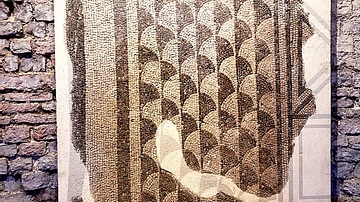
Image
Mosaic from an Urban Villa at Augusta Raurica
This mosaic came from a manorial villa in the city center of Augusta Raurica. It was created around c. 200 CE, and it decorated the floor of a summer dinning room.
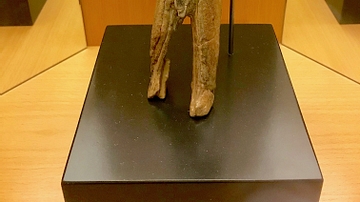
Image
Prehistoric Lion-Man Statuette
This replica of prehistoric statuette depicts a lion-man hybrid. It was made from the ivory of mammoth. This specimen was discovered in a cave near the town of Holenstein-Stadel, Baden-Württemberg in Germany. It is 30,000 years old and the...
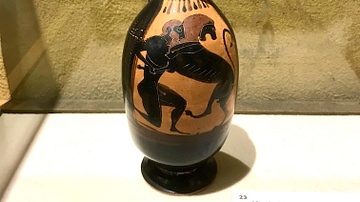
Image
Heracles fighting Nemean Lion
Hercules (or Herakles) fighting the Nemean lion on an ancient Greek clay pitcher in black figure style. In ancient Greek mythology, Hercules defeated the lion of Nemea and took the lion's skin to King Eurystheus. This specimen dates from...
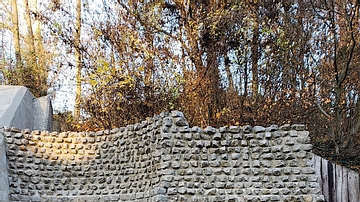
Image
Amphitheater at Augusta Raurica
In Roman times, the amphitheater in Augusta Raurica was a place of horror. Up to 13,000 spectators gathered here to watch gory entertainment, which included animal hunts, gladiatorial combat and executions. The amphitheater was the result...

Image
Roman Baths at Augusta Raurica
The baths at Augusta Raurica in what is now present-day Switzerland were probably built shortly after 100 CE and remained in use for approximately 150 years.
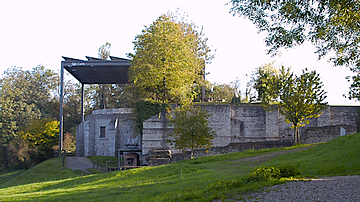
Image
Curia at Augusta Raurica
The Roman curia was the town hall of Augusta Raurica. This was where the town council consisting of 100 councillors or "decuriones" held its meetings with the "duoviri," the two mayors. The town councillors were held in high regard — and...
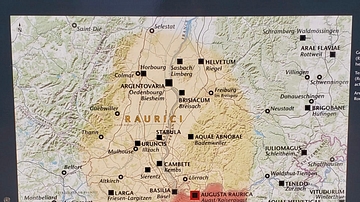
Image
Map of Ancient Raurici Cities and Towns
This is a map of Augusta Raurica and nearby cities in what was formerly Roman Switzerland. These cities and towns were occupied by the Celtic Raurici tribe before and after the Roman conquest of Switzerland. (The Raurici, themselves, occupied...
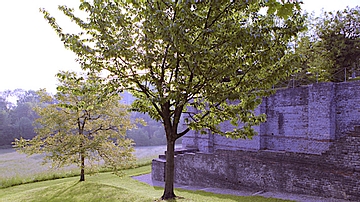
Image
Basilica at Augusta Raurica
The basilica was the administration and court building of Augusta Raurica. The basilica was richly furnished and decorated – a veritable palace for Roman authorities. The basilica was renovated at least once. The retaining wall of the earlier...
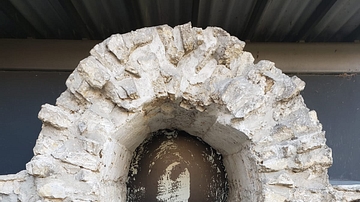
Image
Roman Water Main from Augusta Raurica
The arch shown here was part of an underground water main, which from c. 70 CE, brought large quantities of water to Augusta Raurica, which is located in present-day Switzerland. It supplied the public baths, latrines, and water fountains...
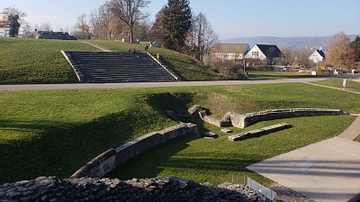
Image
View of Roman Temple on Schonbuhl Hill
Standing on Schönbühl Hill, one finds the old Roman religious district at Augusta Raurica in what is present-day Switzerland. It existed from the early days of the town. Around 50 CE, several small temples stood here. The buildings were typical...